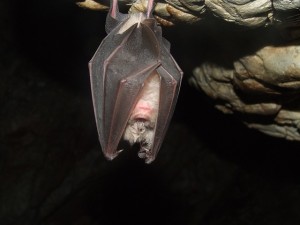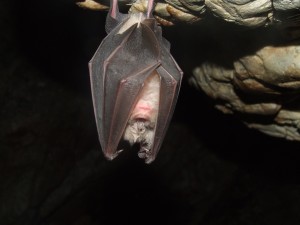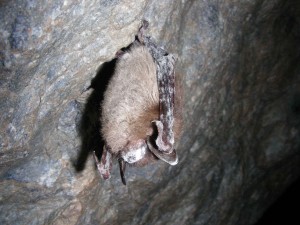 Over the last decade, white-nose syndrome has killed more than 5.7 million bats across the United States and Canada. The disease was originally discovered in New York in 2006 and has spread at a rapid pace across the country since then. The Illinois Department of Natural Resources recently issued a statement cautioning Illinois residents that entire bat populations were dying throughout the Eastern United States while they hibernated in their caves and mines.
Over the last decade, white-nose syndrome has killed more than 5.7 million bats across the United States and Canada. The disease was originally discovered in New York in 2006 and has spread at a rapid pace across the country since then. The Illinois Department of Natural Resources recently issued a statement cautioning Illinois residents that entire bat populations were dying throughout the Eastern United States while they hibernated in their caves and mines.
White-nose syndrome is named for a white fungus or mold (Pseudogymnoascus destructans [SU-doh-JIM-no-ASK-us DIH-STRUK-tans], also known as Pd) that grows on the nose and wings of infected bats. The fungus eats holes in the wings of bats, which causes them to become too weak to hunt. The bats eventually lose their fat reserves, which they need to survive during the winter and then starve to death. Interestingly, this same fungus does not kill bats in Europe because it seems to have evolved.
So far, while researchers and scientists have explored many white-noise treatments, none of the tested bats have been returned to the wild. That is, until May 19, 2015. On that night, a group of scientists released 150 bats that had been treated for white-nose syndrome back into the wild near Hannibal, Missouri. As recently as last fall, those same bats were suffering from the fungus. While the results are encouraging, since this was the first group of bats returned to the wild after being treated for white-nose syndrome we still have yet to see what happens. Craig Willis, a biologist at the University of Winnipeg in Canada who studies bats, but was not involved in this project says “there’s still a lot we need to know [about bats and the treatment] before we can get close to calling this or anything else a ‘cure.’”





